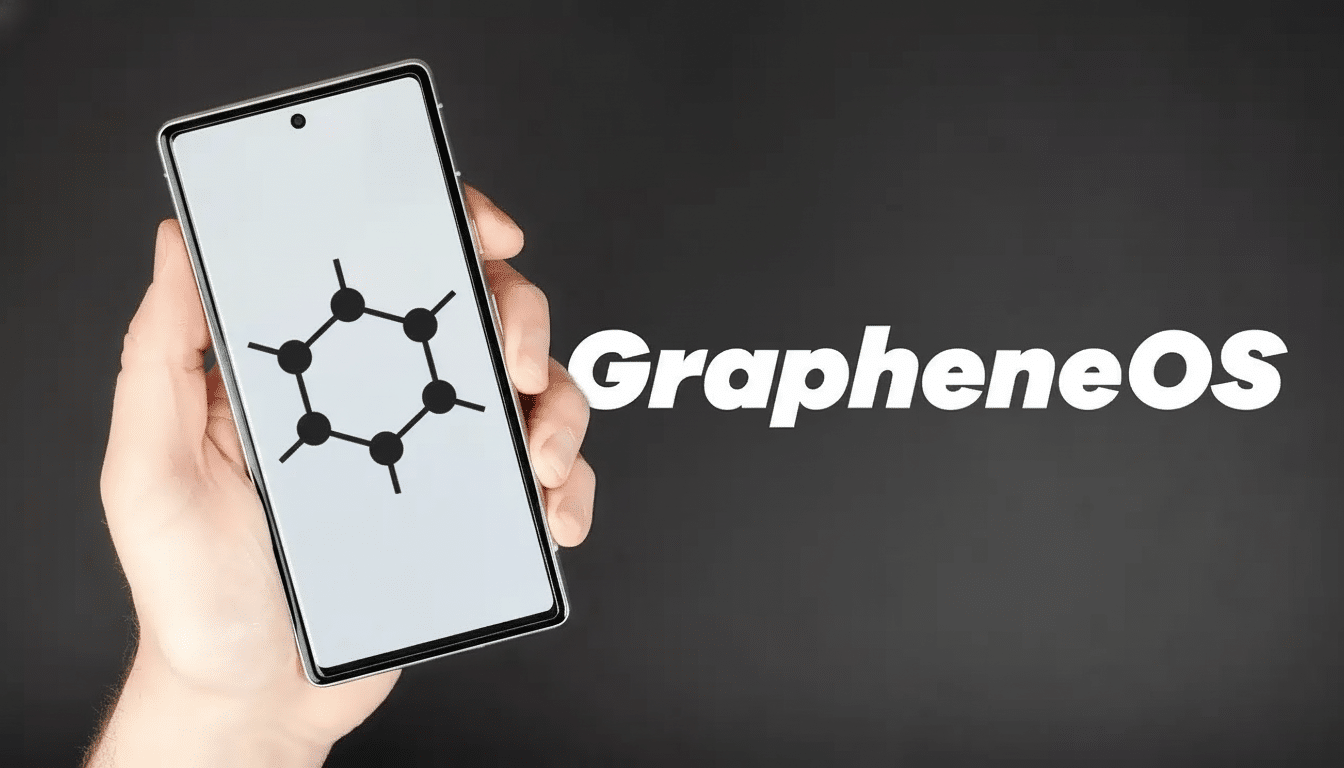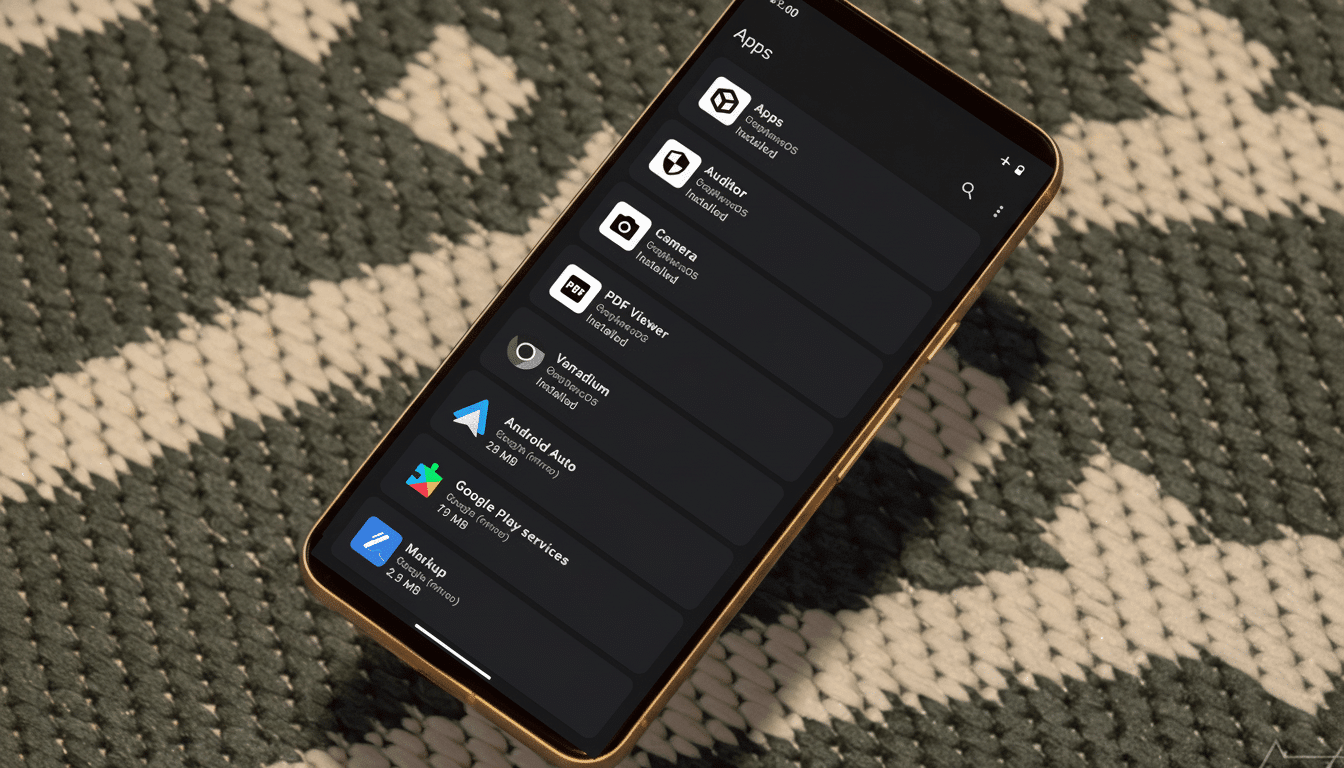For security diehards, there is a new quandary: wait for the first phone to have official support from a major Android brand or buy an old Pixel and install GrapheneOS today. The answer depends on your threat model, your timeline, and how much uncertainty you want to swallow.
What GrapheneOS Does Differently on a Pixel
GrapheneOS is a privacy-hardened version of Android that adds exploit mitigations and tighter permission controls to the stock OS. It already ships a hardened memory allocator, fine-grained storage scopes, per-app network toggles, sensor kill switches, and a well-isolated implementation of Google Play that runs on-device as regular apps rather than privileged system components.

On Pixels, those developer gains sit on secure hardware. Google’s devices also integrate verified boot and rollback protection, frequent firmware and baseband updates, as well as a separate security chip that contains the keys for encryption and authentication. According to independent researchers and Google’s own security team, monthly patch cadence and strong default protections serve to whittle down the opportunity for exploitation at the end-user level.
And importantly, GrapheneOS on a Pixel is usable: you can still use banking apps, tap-to-pay, and the Play Store while restricting what those things are able to see. Installation is via an official web installer, and the device can be re-locked to keep the secure boot chain intact after flashing.
Why Buying a Pixel Today Is Still the Safer Choice
Predictability is the Pixel advantage. Google’s phones get long-term security updates, a regular, stable monthly patch day rhythm, and—music to many an ear…—fast firmware patches for parts of the phone system such as GPU, Wi‑Fi, and baseband. GrapheneOS support follows that window; the project doesn’t outlast upstream patches from the vendor, as to do so would mean you ship unfixed firmware bugs.
The final factor is that Google’s computational photography and camera pipeline have had time to stew, so as the Pixel lineup of phones develops (the first two models), it’s doing so with a camera system that, while not quite perfected, has been in the wild for at least a year.
If you care about image quality and consistency, GrapheneOS on a Pixel allows you to retain that camera stack while adding privacy controls—again, a non-insignificant quality-of-life element that many custom ROMs have historically had trouble matching on non-Pixel hardware.
For most politically sensitive buyers who need a secure phone now, you can’t do much better than a Pixel that you can flash this afternoon and control by tonight. You reduce uncertainty and don’t take on the risk of being an early adopter.
What a Partner-Built GrapheneOS Phone Might Look Like
The GrapheneOS team has verified that it is collaborating with one of the largest Android OEMs [original equipment manufacturers] to deliver on the project’s heavy-duty requirements for a mass-market device. I suspect that probably translates to a flagship-level SoC, strong memory protections, robust bootloader controls, and a willing vendor willing to support alternate OS installs without breaking attestation or updates.

There are potential upsides. A non-Pixel flagship might have higher maximum CPU/GPU performance than Google silicon in some situations, which could be of interest to those users looking for additional future-proofing on the performance side as evidence of security hardening over time. Broader retail availability could also benefit shoppers in markets where Pixels are not officially sold, cutting down on gray-market imports and repair headaches.
However, two caveats loom. First, most brands have delayed long-term update policies behind the leaders in the past; if the partner only promises fewer years of patches, GrapheneOS would need to drop support earlier than on a Pixel. Second, camera quality is an open question—the proprietary processing of your cameras is tuned on a per-device basis, and there’s no guarantee the top-end computational photography you get with a Pixel will make its way into what you receive one-for-one.
The Dangers Of Waiting For An Unreleased Device
Expectations should stay grounded. The team has made it clear that it’s not developing a custom “privacy phone”; it is cooperating to make sure an off-the-shelf device complies with strict security baselines. Even so, you will have to install GrapheneOS yourself. On a high-end phone, that’s an oddball proposition. Timing of launch, pricing, carrier availability, and exact specs are all still not known—and any or all can slide.
Early hardware can have teething trouble: quirky modems, finicky fingerprint sensors, or belated vendor firmware updates. And for a project that requires swift upstream fixes, each slip in the OEM’s security cadence is felt directly in your risk posture.
Who Should Buy Now, and Who Is Better Off Waiting
Bring home a Pixel if you prioritize up-to-date, battle-tested security and predictable updates. If your phone is dying or doesn’t actually work, you’re in a high-risk field of work, and you need a reliable daily driver with a great camera and no setup elbow grease, the Pixel plus GrapheneOS is the good guy here.
If you don’t need to get a new phone now, if you live in a market without direct official Pixel sales, or if flagship-class performance with the promise of first-class non-Google GrapheneOS support is desired on non-Google hardware, be prepared to trade off update length, camera quality, and unknowns only real-world reviews will resolve.
In short, the Pixel way is the safe bet: a robust, full-featured smartphone with good security now. The next partner device could open up access and lift the ceiling of what’s possible performance-wise, but it’s a strategic gamble with a lot of variables. For most users, buy the Pixel; for those who have a sliver of patience or find themselves in the right part of the world—particularly the global market—watching what becomes of that partner phone may also make sense.

